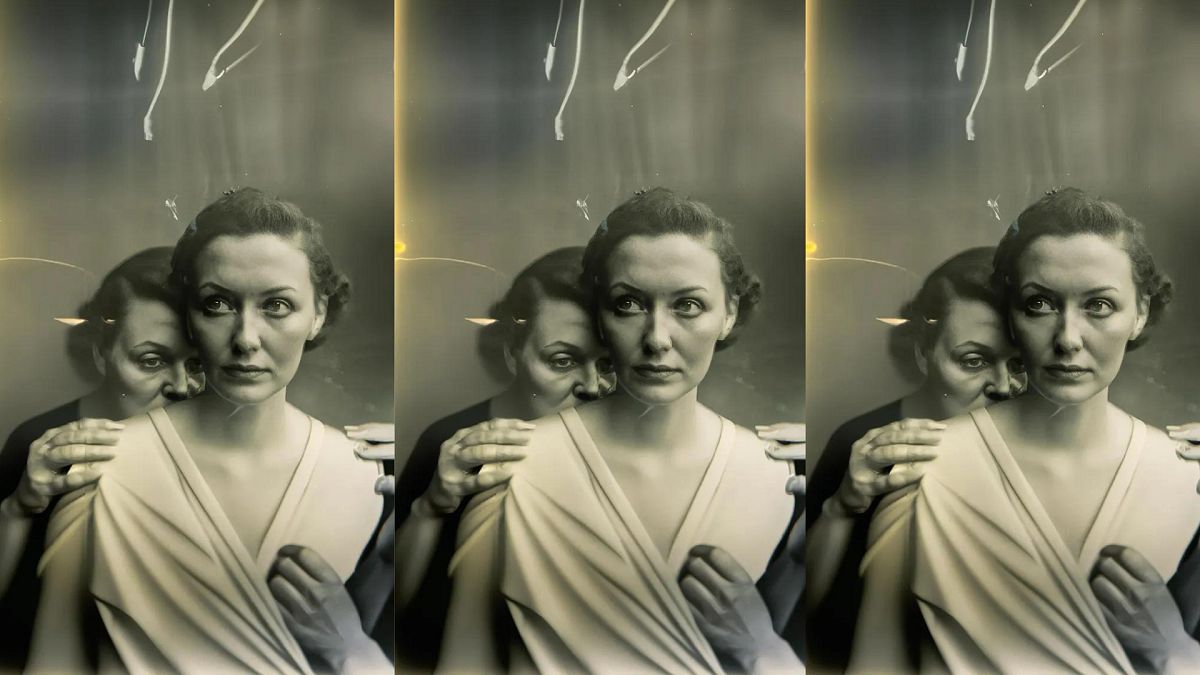Google Launches AI Ad Featuring Turkey to Avoid Uncanny Valley
Google's AI ad features a turkey to avoid the uncanny valley, marking a milestone in AI marketing by enhancing audience comfort and engagement.

Google’s AI-Powered Ad Features Turkey to Sidestep Uncanny Valley
Google has launched its first-ever artificial intelligence (AI) crafted advertisement, choosing a turkey as its central character to cleverly sidestep the notorious "uncanny valley" phenomenon. The campaign marks a significant milestone in AI-driven marketing, showcasing Google’s innovative approach to integrating AI into creative storytelling while maintaining audience comfort and engagement.
What Is the Uncanny Valley and Why Does It Matter?
The uncanny valley is a concept in robotics and computer graphics describing the eerie feeling people experience when they see humanoid robots or digital characters that appear almost—but not quite—human. This subtle imperfection can trigger discomfort or distrust among viewers. Avoiding this effect is critical for brands aiming to leverage AI-generated visuals or animations without alienating their audience.
Google’s decision to cast a turkey, an animal with inherently non-human features, reflects a strategic move to avoid the uncanny valley. By choosing a character that naturally deviates from human likeness, Google’s ad sidesteps the awkwardness often associated with AI-generated human faces or figures, creating a more approachable and entertaining experience.
The Creative and Technological Aspects of Google’s AI Ad
This AI advertisement represents a pioneering use of Google's advanced AI models in content creation, combining computer-generated imagery (CGI) with narrative elements to produce a unique commercial. The turkey is rendered with realistic motion and expressions, showcasing the sophistication of Google’s AI in generating lifelike animations without crossing into unsettling territory.
Key technological features include:
- Advanced animation algorithms powered by AI that simulate natural movements and feather textures.
- Use of machine learning to optimize the turkey's expressions and reactions, making them relatable without mimicking human facial cues too closely.
- Integration of natural language processing (NLP) for any voice or sound elements, ensuring the turkey’s "performance" is coherent and engaging.
This approach highlights Google’s AI capabilities in both the creative and technical domains, illustrating how AI can be harnessed for storytelling beyond traditional human-centric advertisements.
Industry Context and Significance
Google’s AI ad launch arrives at a time when companies across various sectors are experimenting with AI to revolutionize marketing and media production. However, many AI-driven ads featuring digital humans or avatars have struggled with audience reception due to the uncanny valley, limiting their effectiveness.
By selecting a turkey, Google demonstrates an innovative workaround, potentially setting a template for other marketers seeking to use AI without alienating viewers. This approach could accelerate the adoption of AI in advertising by prioritizing audience comfort and emotional resonance.
Moreover, Google’s ad reflects broader trends in AI ethics and consumer acceptance, underscoring the importance of thoughtful AI design that respects human psychological responses.
Broader Implications and Future Prospects
Google’s pioneering AI ad raises several important questions and opportunities for the future of AI in advertising:
- Ethical AI Use: By avoiding overly realistic human depictions, Google mitigates concerns about AI-generated deepfakes or deceptive representations.
- Creative Freedom: AI enables new forms of creative expression, allowing brands to invent unique characters and narratives beyond traditional human actors.
- Audience Engagement: Using non-human characters powered by AI may open new emotional connections with audiences, particularly in family-friendly or humorous contexts.
- Technical Innovation: This campaign highlights the growing sophistication of AI in generating realistic yet non-threatening animations, a key step toward broader AI integration in media.
Visuals and Supporting Media
Relevant images for this story include:
- Official stills or frames from Google’s AI-generated turkey advertisement showing the character design and animation quality.
- Google's logo and branding associated with the ad campaign.
- Behind-the-scenes visuals or AI model schematics illustrating the technology used to create the turkey.
These visuals help convey the blend of creativity and technology behind Google’s campaign, providing readers with a tangible sense of how AI is transforming advertising.
Google’s first AI-powered advertisement, by casting a turkey to avoid the uncanny valley, represents a smart fusion of technology and creativity. It paves the way for future AI-driven marketing efforts that prioritize both innovation and audience comfort, signaling a new era in how brands engage with consumers through artificial intelligence.



